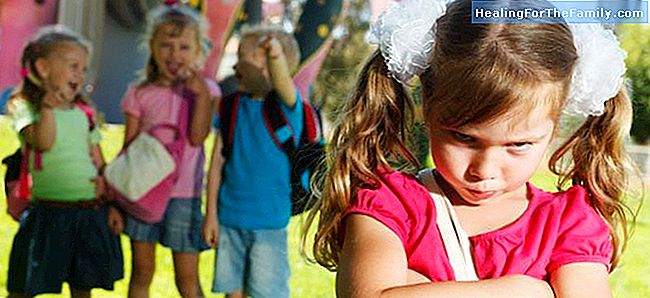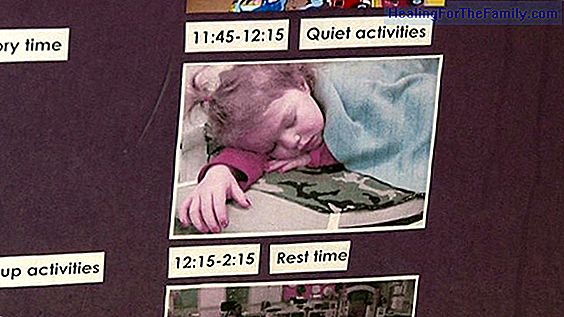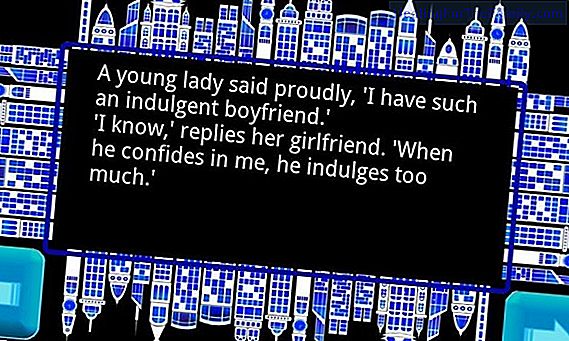How to teach children to solve their problems
Conflict is something that is present throughout our lives. It is a reality that we must understand in order to treat it properly and to be able to make correct decisions. Therefore, it is important that children learn the ability to solve problems or conflicts as it can be very beneficial for them
Conflict is something that is present throughout our lives. It is a reality that we must understand in order to treat it properly and to be able to make correct decisions.
Therefore, it is important that children learn the ability to solve problems or conflicts as it can be very beneficial for them and for their own self-esteem.
What parents can do to teach the child to resolve their conflicts

Parents should let them experiment with problems and conflicts. In this way we can get children:
- Premise their capacity for empathy.
- They learn to make decisions.
- They develop their ability to face difficulties.
- They learn to negotiate, listen and talk.
- Their social skills are developed.
If we prevent children from confronting the conflicts, we deprive them of knowing and testing the tools that will allow them to develop strategies for resolving conflicts.
Emotional intelligence of children to resolve conflicts
Emotional intelligence is a very significant tool in the ability of people to resolve conflicts. Its development must begin at a very early age to prevent antisocial behavior. Therefore, in order to teach the youngest to negotiate, we must specify what skills and experiences in decision-making have to introduce the idea of conflict resolution and provide opportunities to put it into practice.
We must be careful, because if we force a child who does not have these developed skills to negotiate it will be frustrating for us and the little one. These skills usually appear after 3 years.
6 tips to teach children to solve problems
1. We should favor communication with our children. Let the child learn to expose his point of view and exercise his way of solving problems to avoid coming to the tantrums.
2. Serve as an example. Being the mirror where the youngest children look, we must act in the way we want our children to learn in the face of conflicting situations.
3. First negotiate. They must first learn to negotiate and then introduce conflicts so that they acquire skills to solve them.
4. Read stories. Or to make him observe images, photos, where the characters have a problem. It is important to introduce this type of format so that they have 'contact' with conflicts. In addition, when teaching these stories it is important to mention what the problem is, the different possibilities of solving it and what are the consequences of them.
5. Use the conflicts that arise to teach the child to act. Do not just quarrel, take advantage and explain what you should do next time.
6. Give options. It is not a question of punishing him when he does some 'trickery' but of giving different options so that the child chooses and can learn to solve the situation.
6 steps to practice solving problems with children
1. Identify the conflict. You must ask what happened and collect all the information you can to have an objective view and thus talk about it from a perspective no less distorted.
2. That expresses how you feel. Ask him to tell how he feels and tell him (if you are involved in the conflict), how you have felt. That is, instead of saying: 'You have done this wrong ...', you must express: 'I have felt bad for this'.
3. The need of both. You must make him understand the need to listen before acting.
4. Brainstorming. Ask what you can do and together give solutions. Think and reason with them. Help them see the advantages and disadvantages of each of the options.
5. Democracy. Choose the option that seems best among all. It is not about anyone winning anything, but about reaching a consensus and an agreement.
6. Act according to the solution chosen. Once done, assess what happened.












